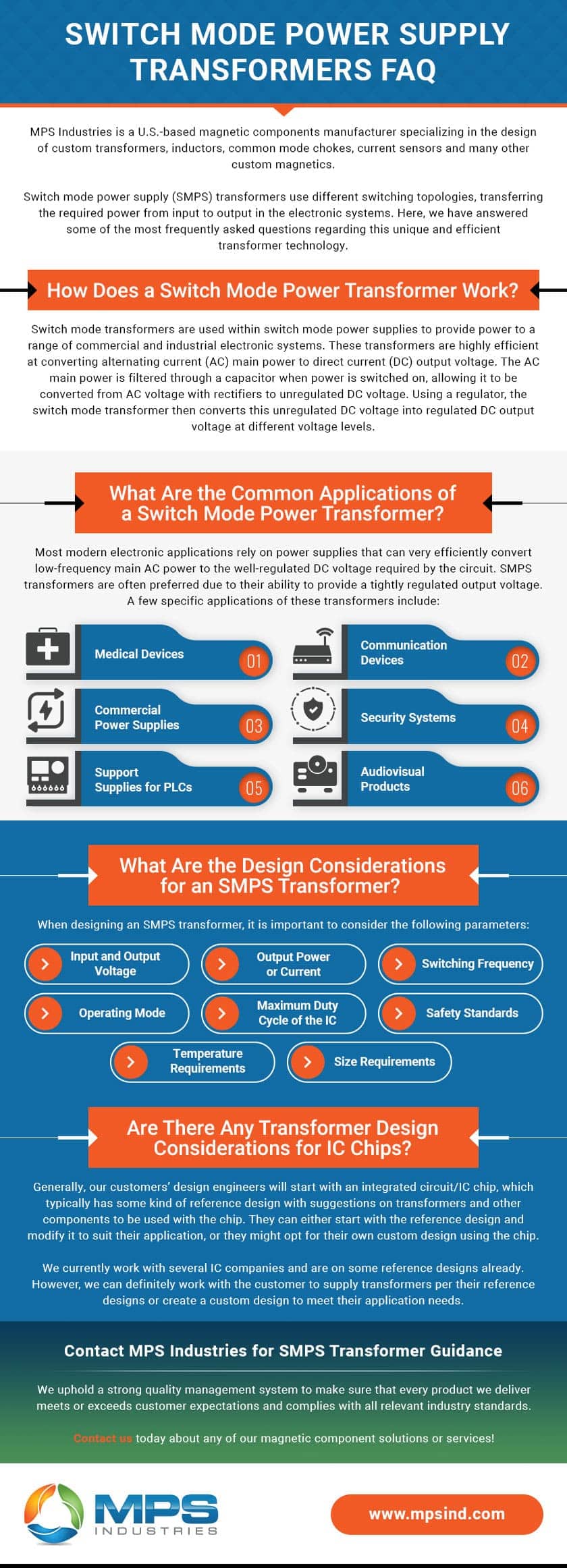
Even automobile ignition coils use the principles of a Flyback Transformer to transfer power from the primary side to the secondary.materials used for cores in switching power supplies, their method of manufacture, and useful magnetic characteristics as related to major sections of the power supply. Tempera-ture rise (☌) equals thermal resistance (☌/Watt) times power loss (Watts).In the United States they're called Flyback Transformers in other countries they're called Line Output Transformers (LOPT). More often, transformer losses are limited by a maximum hot spot temperature rise at the core surface inside the center of the windings. Here's a quick comparison video outlining the functions of each to help clear up any confusion.Transformer loss is sometimes limited directly by the need to achieve a required overall power supply efficiency. If n N p / N s is the turns ratio of the transformer we have: Power switch: n 1- V out V in Off-line flyback regulators are mainly used for an output power ranging from 30W up to 250W.Fire Alarm System Switching Mode Power Supply Transformer uses Flyback Transformer Principles to provide high current using a small iron/ceramic core.Knowing the difference between an inverter, converter, transformer and rectifier is essential when designing for specific power supply inputs and outputs. Inductance of the transformer during the time the power switch is on, and transferred to the secondary output when the power switch is off.


This air gap increases the reluctance (Henrys) of the core and this increased reluctance slows down the reaching of the saturation point of the magnetic core.In essence, this air gap in the core allows for an increased power transfer from the primary windings to the secondary windings.The Uniqueness of the Flyback TransformerLike a general purpose transformer and its associated circuitry, the energy that comes out of the secondary winding of the Flyback Transformer is still close to the energy that goes into the primary winding.Besides the air gap in the core, the real difference between a general purpose transformer and a Flyback Transformer is the circuitry on the input and output of the transformer.The input current builds up the magnetic field inside the transformer, and is suddenly cut off. However, larger cores are heavier and the overall cost of the transformer is higher.To keep the weight down, what's done in the case of the Flyback Transformer is the magnetic core is given an air gap so the core isn't a complete magnetic circuit. When this happens, increasing current in an electromagnet doesn't increase the magnetic field.Because the magnetic field transfers the power from primary to secondary, a limit on the magnetic field is a limit on the power that is transferred.Increasing the physical size of the core is one way to increase the power transfer. Its function is the same as a Flyback Diode on a relay, but here, rather than converting the power to wasted heat, the power is used by the rest of the circuit.The diode conducts these kicks from the collapsing magnetic field into bursts of high voltage for the television set or bursts of high current for switching mode power supplies.Magnetic cores have a saturation point: the point where they aren't able to build up any more magnetism. The Flyback Transformer and Ignition Coil have many turns to their secondary winding to bring about high voltage, while the switching mode LOPT has only a few windings to bring about high current.In either case, the energy which was applied to the magnetic field during the turn-on portion of the cycle is compressed into a short burst of power in the turn off portion.There is a diode in the output circuit, often called a Flyback Diode. At this point, the magnetic field in the core starts collapsing.Using this powerful collapse of the magnetic field, the secondary coil is becomes a generator, producing a short term high power pulse.


 0 kommentar(er)
0 kommentar(er)
